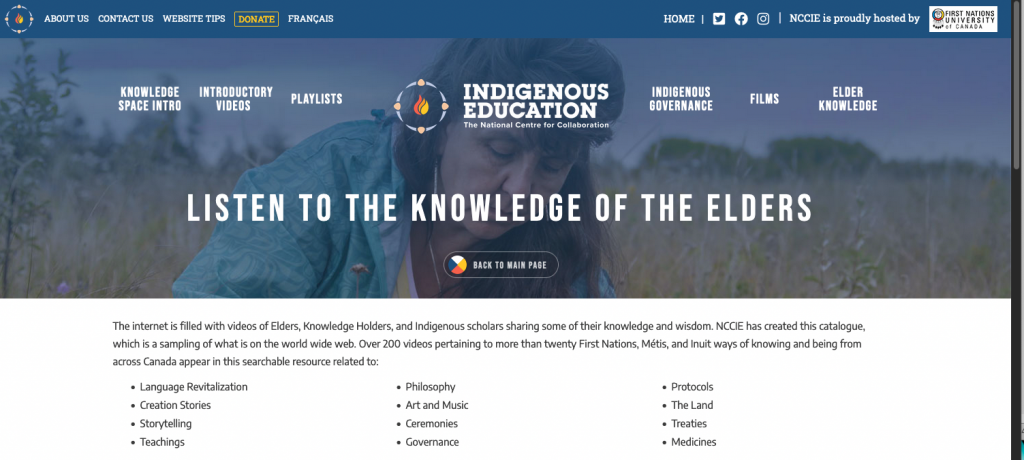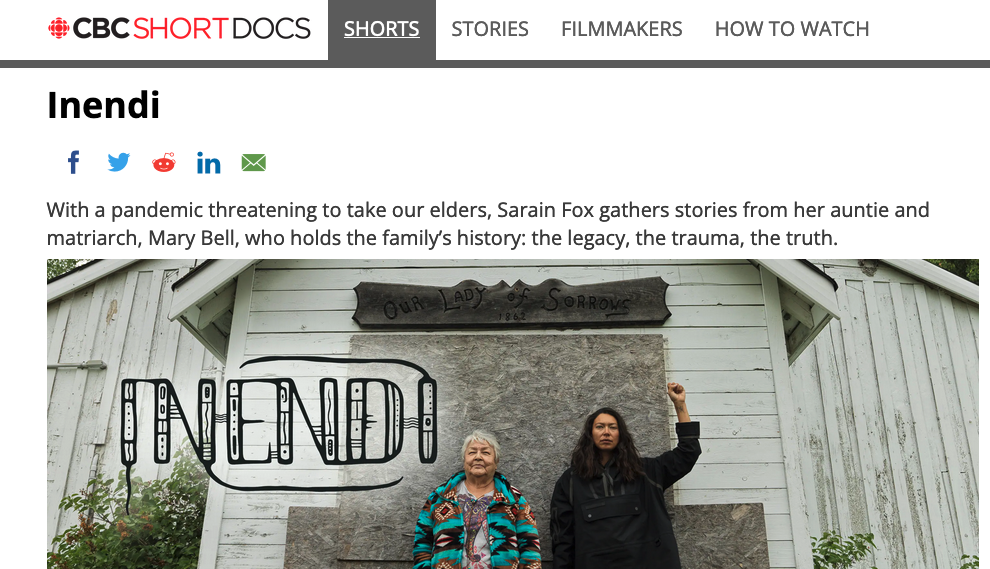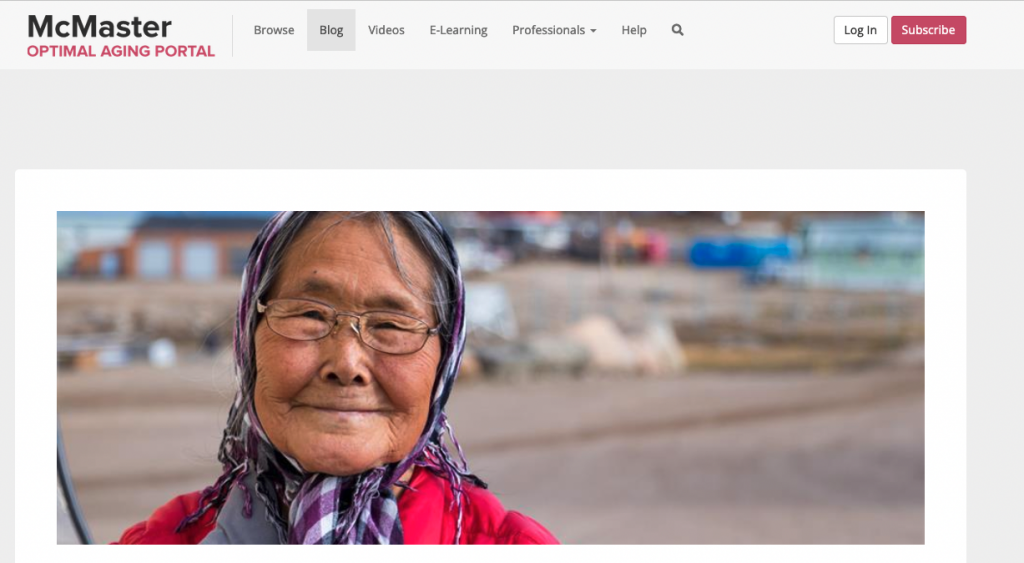As I continue my own personal journey towards understanding more about Indigenous knowledge and culture as well as my own Truth and Reconciliation journey, I found the words of Michelle Fenn in this article to be helpful. She says, “As a non-Indigenous educator, I know that I will continuously be on a professional and personal learning journey. I acknowledge that it is my responsibility to do this learning.”
I sent out a really short survey to some fellow educators on the reasons why they don’t feel comfortable incorporating Indigenous knowledge into their teaching practice. Many of them shared that they didn’t feel like they knew enough about it to do it in a respectful way. The follow-up question to that was what would help them to feel more confident in doing this? Many of them shared that having more professional learning (PL) opportunities to discover more about this would be helpful. What I think many of them are not taking into account is that though it is our professional responsibility to incorporate Indigenous knowledge into our teaching, it is also our personal responsibility as non-Indigenous educators to do the learning ourselves and on our own time. If we are as committed to decolonization as we say we are, it is going to mean making time in our own lives to put in the work.
Upon further reflection, I understand why educators are requesting more PL opportunities. It can be frustrating to be told you need to do something without the support of how to do it. That being said, there is learning that can and needs be done outside of these PL opportunities so that non-Indigenous educators can do their part in working towards Truth and Reconciliation.










